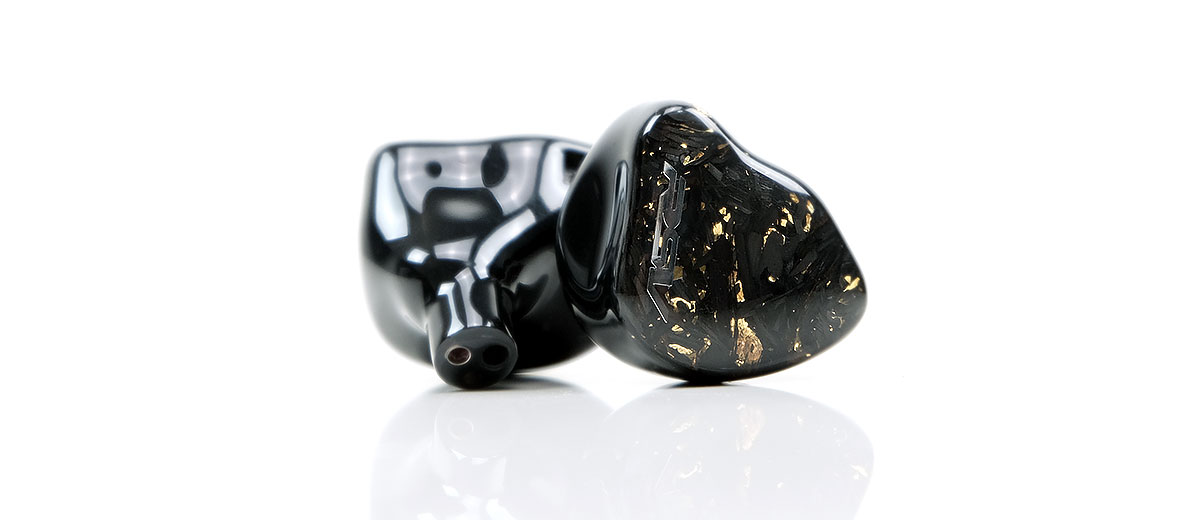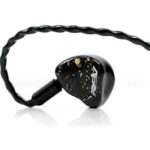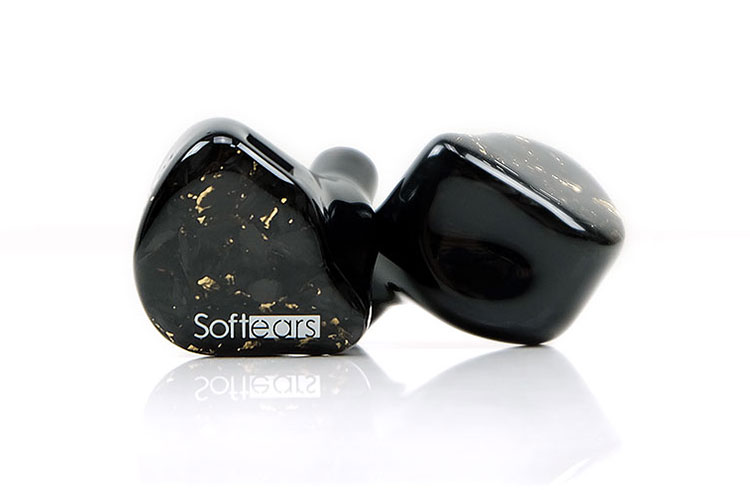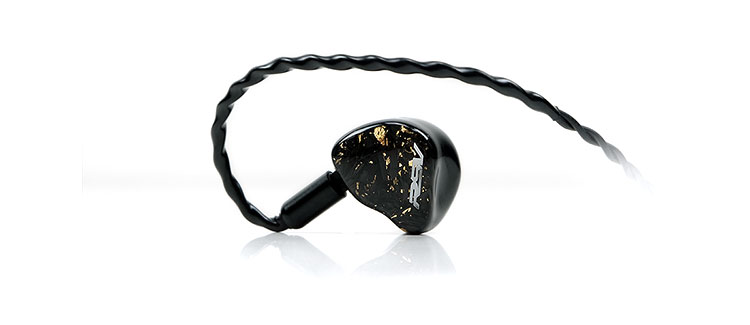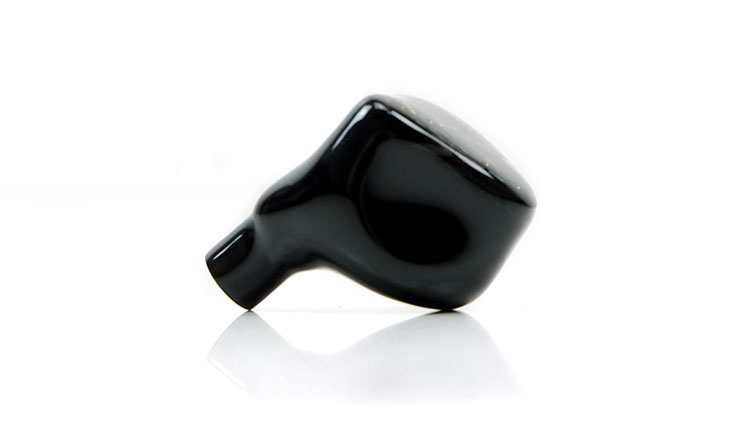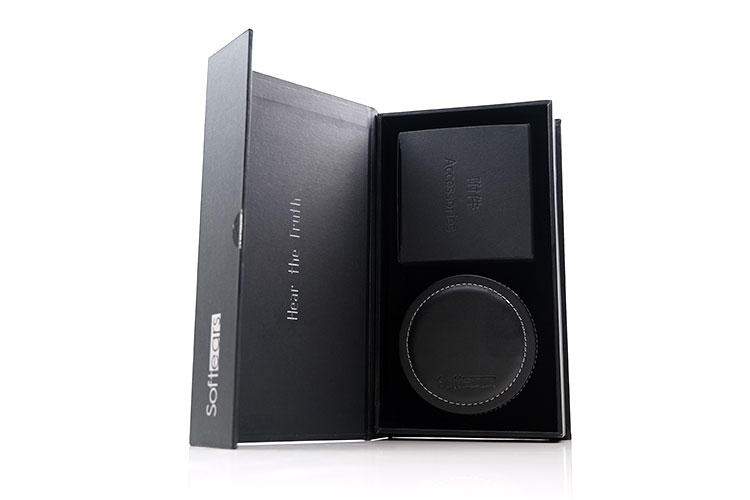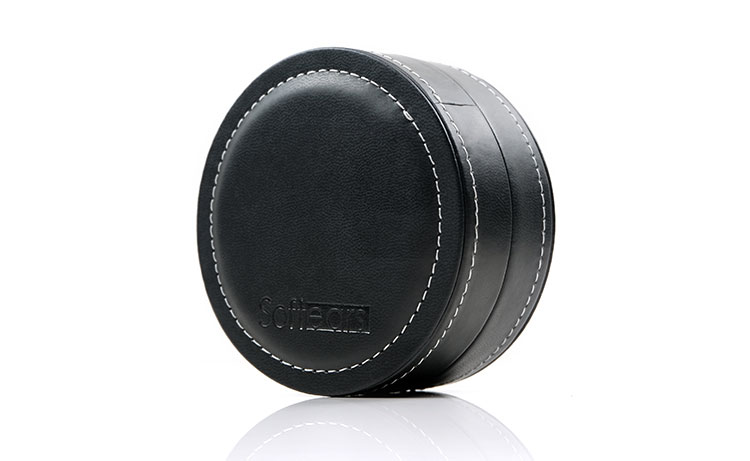The Softears RSV is a 3-way five balanced armature driver universal IEM and the company’s most affordable monitor to date. It is priced at $729.99
Disclaimer: The Softears RSV sent to us is a sample in exchange for our honest opinion in this review. We thank the team at Softears for giving us this opportunity.
To read more about BA IEM reviews previously done on Headfonics please click here.
Note, this 2-page review follows our new scoring guidelines for 2020 which you can read up on here.
It is another new brand for us in 2021. However, by all accounts, Softears is not green behind the ears when it comes to earphone technology with a healthy working relationship via the now well-known Moondrop brand.
That being said, Softears is aiming for lofty territory, with primarily high-end offerings starting with this, their most affordable IEM at $729.99, the Softears RSV.
They have a total of 4 monitors in their collection, with the single dynamic driver Turii the next up the chain at $1399, followed by the 10 BA driver RS10 at just over $2000 and an electrostatic hybrid Cerebus, their co-flagship with the RS10 at the same $2099 price point.
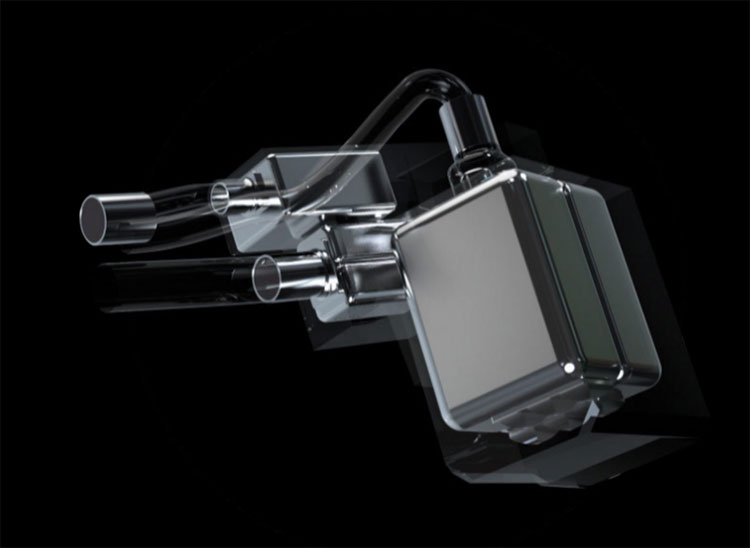
Tech Highlights
The V in RSV is actually the Roman numeral for 5 denoting that yes, this is a class all balanced armature 5 driver universal IEM.
Looking back through our previous reviews, this configuration seems to be the sweet spot for a relatively widely accepted monitor in the audiophile market. Just think Andromeda, Gae Bolg, Phantom, or the StageDiver Series (number 5) from InEar and you get the drift.
Configuration
The precise grouping is 2 for the lows, one full-range BA for the mids, and a dual-tweeter for the highs with an optimized 3-way crossover threading it all together. Now, Softears do place an emphasis on that magic sauce inside that 3-way crossover with its use of multiple acoustical filters to help produce what they pitch as a near-linear phase of the drivers with very low distortion.
The crossover physically consists of a 3rd order LRC filter for bass, an impedance and low pass for the midrange, as well as a film capacitor for the high frequencies. That is a total of 6 components to properly divide the signal to the 5 BA drivers per earpiece.
They have further combined this with an internally dampened 3D-printed acoustical chamber with specific diameters and lengths for the sound tubes to optimize the resulting audio output.
Specifications
One final important note is that the RSV is rated as being very easy to drive and fairly sensitive at just 8Ω and 125db/1VRMS @1kHz SPL. In theory, the RSV is not going to tax your DAP or perhaps even your phone but you can read more about that on page 2 of this review.
Design
The RSV is designed with an attractive combination of a black semi-custom acrylic hollow body shell and a faceplate consisting of carbon fiber fragments with gold foil accents. Logos and branding to the fore, left and right in silver, complete the RSV identikit.
You also get a very lightly engraved serial number on the back of each RSV driver which is very hard to see without some additional lighting. The designs are finished with a mildly recessed 2-pin 0.78mm socket on the top and because it is an all BA design there are no discreet external bass venting ports either.
If you have seen the recent line-up of Unique Melody designs such as the Mason V3+ and the Mentor V3+ then you are not too far off with the RSV aesthetic. The only difference for me is the more liberal use of gold flakes in the RSV plate design giving it a bit more dazzle under a focused light.
I believe the plates are also handcrafted and not off the conveyer belt so the flake sprinkling is entirely unique to each owner’s set and not duplicated.
Stock Cable
Softears do not release a huge amount of information on the stock cable that comes with the RSV other than it is a 1.2m cable, single-ended braided cable. A quick back and forth with Softears allowed us to gather a bit more information though.
This is a 27AWG 5N copper 4-wire Litz cable with a black PU jacket. The cable does not seem to be from P1 Technologies as it looks a higher grade of finish compared to their Motion series which you often find thrown in with IEMs.
The braiding is a neatly done tight short-throw design up to the splitter with a twisted finish beyond and up to the connector barrels. All barrels, jack, connector, and splitter seem to be made of the same aluminum material finished in black matte.
The barrels are relatively thin and lightweight so they do not add much in the way of weight both to the back of the ear or in general handling. Only the jack barrels show a bit of girth in terms of rubbery strain relief with the connector barrels finished with a fairly long and soft springy type of memory coating.
The stock cable handling is excellent with its lightweight design and low microphonic performance with only the tiniest of memory retention levels that soon disappear after prolonged use.
Comfort & Isolation
The RSV shells are 3D printed with some aggressive contouring and a medium-length triple-bore nozzle. Once you get the tips on them the overall length provides are a deep insertion level.
Add to that their relatively lightweight form factor due to it being an all-BA driver design, the RSV provides a very accurate and comfortable fitting experience.
Tips
The RSV does come with two sets of stock tips in silicone and foam format. Both the silicone and foam tips come in small, medium, and large sizes. The silicone is a single narrow bore whereas the foams offer a wider single bore.
I would say the stock silicone tips provide a comfier experience compared to the foam tips as well as being a lot easier to fit on the nozzles. The foam tips are a bit on the tight side for fitting on the drivers so be careful you do not split the foams when attaching them.
Due to the decent insertion depth, you might also find yourself going down to a smaller than usual ear tip size with the RSV. The further down the canal it goes the smaller it gets.
Isolation
Both tip formats isolate very well for me personally with the silicone tips doing slightly better than the foam tips. I suspect their more pliable nature works better for deeper insertion levels compared to the foams.
Combine that with the lack of venting port and deep contouring then overall the RSV does very well for isolation in general.
Packaging & Accessories
I am a bit surprised with the packaging for the RSV, not because it is bad or anything, quite the opposite, it is what you would expect at this price point in some ways.
Rather my surprise stems from the higher-priced models in this range coming in rather muted and smaller package formats compared to the more impressive entry-level RSV offering.
The box is relatively long, black, and made from stiffened cardboard with the RSV moniker embossed on the front. The display orientation is horizontal by the way with a flip lid that opens up to a very neatly organized layout inside a black suede-lined foam base.
The accessories are neatly split into the carry case for cable and drivers and an accessories box for everything else.
Accessories
Aside from the drivers and cable, you get a quality synthetic leather-stitched puck-style carry case in a charcoal color, two little cloth bags to protect the drivers during transit, the tips, (in separate bags), a cleaning cloth, and a cleaning tool. The accessories also come accompanied by a small user guide or quasi-brochure for Softears and a metal business card.
Carry Case
These types of branded leathery puck cases are quite common now at this price point and I do prefer them over the older heavy and noisy metal screw cases.
They do not offer quite the same robustness for drops and knocks but they are much softer on the inside and can pack the IEMs, cables, and pretty much all the contents easily enough. Slightly too big for me for a pocketable definition but definitely slips in easily to a small bag.
Sound Impressions
Summary
The RSV has a beautifully tuned and easy-to-like sound signature. Nothing is out of place, quirky, or unbalanced sounding. If one wanted to pick up a monitor that faithfully promoted the qualities of the Harmon Target Response Curve then they could do a lot worse than the Softears RSV.
Immediately, that should give you a very good idea of the basic FR of the RSV. It has a surprisingly juicy sub-bass response for a BA, a relatively muted mid-bass punch, and a very mild drop from 200Hz to 1k.
The presentation is incredibly coherent, but most importantly, and this pertains to my own personal preference, the RSV low-end has just enough separation from the mids so it shines without overpowering or sounding disjointed.
The midrange itself faithfully follows the Harmon curve with a steady 1-3k rise where it reaches the peak of its tuning amplitude and then another slow but steady drop with just a gentle nudge around 7-8k being the only minor disagreement with the classic target response top-end tuning.
The net sound is mildly musical but impressively planted and natural sounding with absolutely nothing in the way of shape partial overtones, shouty vocals, hollow mids, or hot highs. It is as smooth as you like which, in an odd way, might not seem too ‘mainstream’ for some audiophiles who crave high contrast sound signatures or pure high-fidelity treble heads.
If there is one other caveat is a slightly smaller than average soundstage. The RSV is not the most expansive sounding 5-driver monitor out there but within that compact staging quality, the imaging is clean enough. Essentially you are here for the beautiful timbral coloration and top-notch coherent tuning.
Timbre
Sweet, euphonic, with a certain softness in its attack and longish decay and a decidedly planted sounding fundamental. Are we sure this is a BA configuration?
The RSV has one of the most intoxicating timbral colorations I have heard in a BA monitor to date. I long held the qdc Anole V6 in high regard with its wonderful timbre was when I first reviewed it back in 2019.
This is even better in a way though is it the most resolving out there? Possibly not, I think it gives up the last word in absolute clarity to get such a pleasing and flexible tone.
On the low-end, the switch from a classic BA mid-bass punch and a more confident sub-100Hz bump is important. I am a fan of more sub-bass and less mid-bass because it tends to switch on only when you need it. That judicious use of power for me is usually more effective than a constant punchy tone.
The RSV mids timbre veers more to the euphonic and slightly softer side with gentle warmth and some decent body. It is not a weighty thick timbre, the more relaxed treble drop post 3k means it remains more on the smooth than high contrast side.
You will not find much in the way of sibilance but with just a minor 7-8k bump the RSV does an excellent job staying away from sounding dull or overly rounded for vocals.
Percussion has some good presence also with no upper-mids dip to speak off. Importantly, vocals are not shouty. They are clear but compared to something like the Gae Bolg they are a little bit more relaxed and smoother sounding.
Staging
The RSV is more about the depth and vocal presence and on that note, it delivers a very coherent soundstage with a convincing fundamental for me in that regard. Nothing feels overly emphasized or out of whack with excellent instrumental separation and above-average clarity.
Where it does fall down a little bit is its center-focus bias meaning staging width is not huge. Other 5-driver monitors such as the Andromeda 2020 do better with wider stereo imaging and a slightly more complex sounding top-end.
Some of that is really due to the treble tuning. It extends well, so it is not a dark presentation, nor does it lack air. However, it’s not as forward sounding so spatial cues lack a little shimmer and slightly harder to pick up. Thus, your listening tends to gravitate more to the centered vocal and bass performance where it does incredibly well.
Click on page 2 below for synergy & select comparisons

